Day Tour from Wroclaw : Swidnica (Holy Trinity Church of Peace), Książ Castle, Miasto Osowka (Underground city – Project Riese)
Our first step of the day will be the The Holy Trinity Church of Peace in Świdnica is the largest wooden Baroque temple in Europe and a historic religious building built under the agreements of the Treaty of Westphalia signed in 1648, which ended the Thirty Years’ War. It belongs to the Świdnica parish of the Evangelical-Augsburg Church in Poland. The building has been on the UNESCO World Heritage List since 2001. The Church was built in the wattle and daub system as a centrally located building based on a wooden frame filled with a mass of clay and straw. It was built on a Greek cross plan. The first floor and four floors of galleries can accommodate 7,500 people (including 3,000 seats).
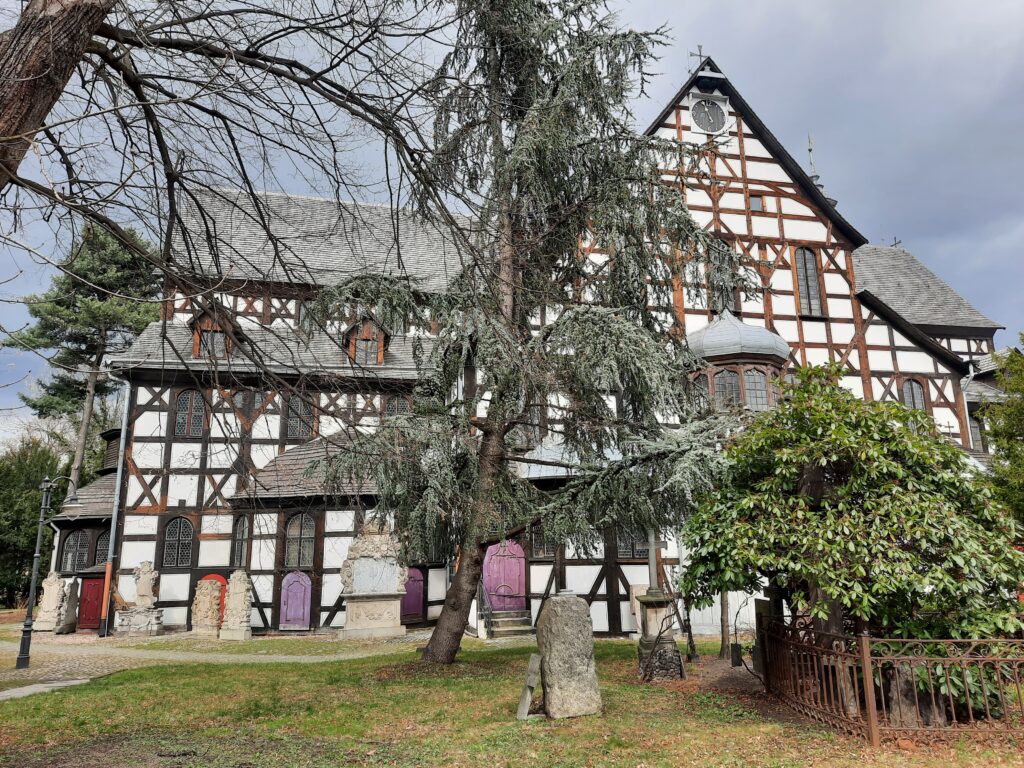
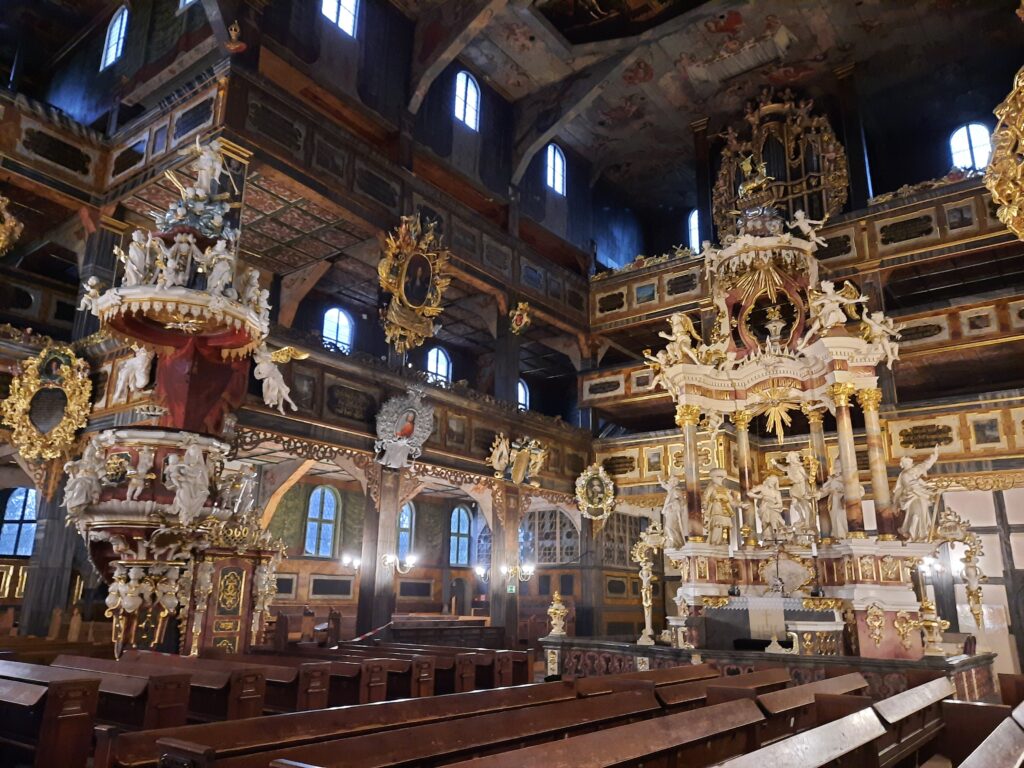
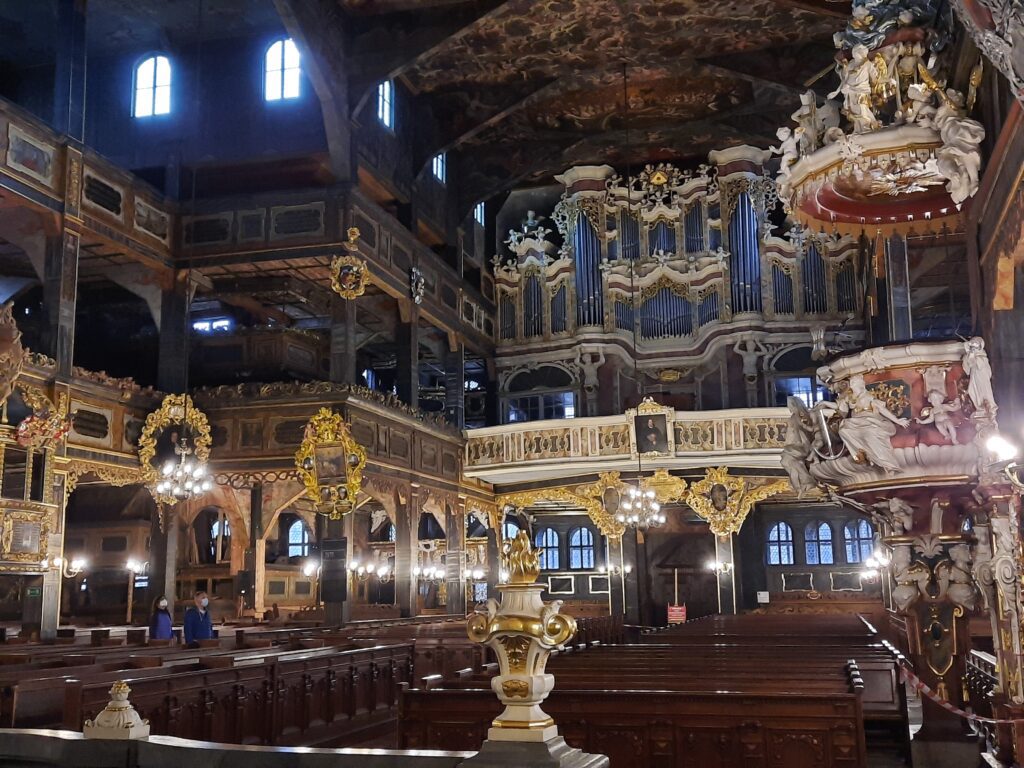
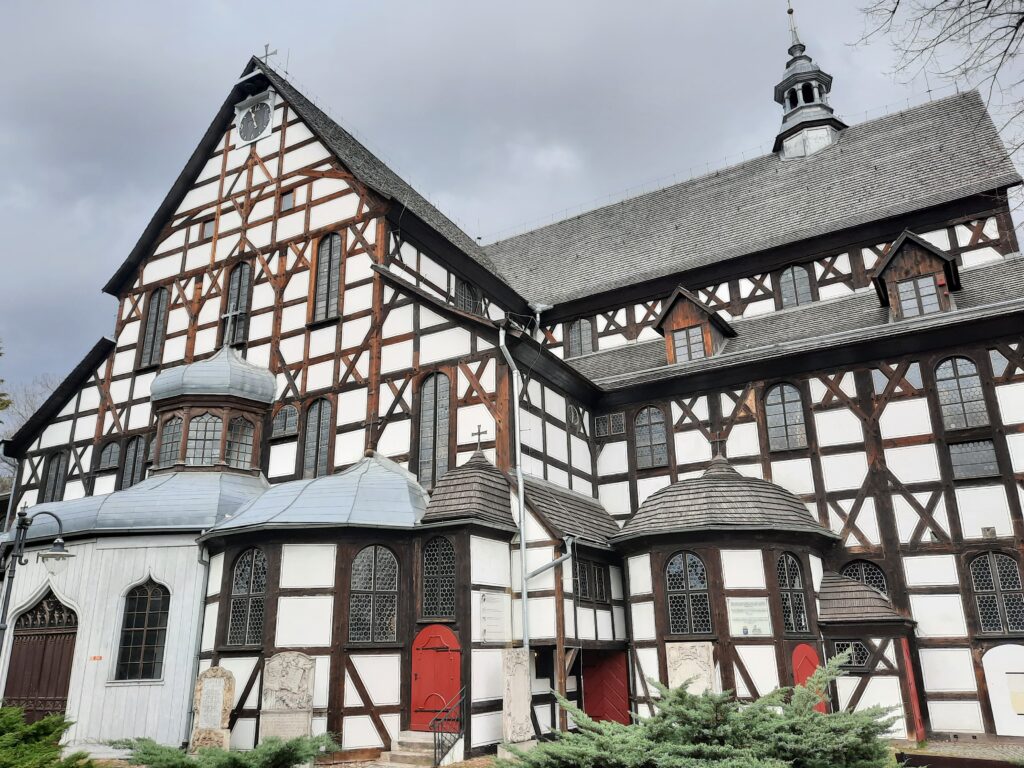
We will go toward Walbrzych and famous Ksiaz castle. Książ Castle isn’t just a monument; it’s a living testament to centuries of history, intrigue, and architectural prowess. We invite you to explore its halls, unravel its mysteries, and immerse yourself in its enchanting aura ! The castle’s story begins in the 13th century when a first fortification stood here. Unfortunately, it fell victim to Bohemian forces led by King Ottokar II in 1263. Duke Bolko I the Strict ruler of Świdnica and Jawor commissioned the construction of a new castle, making it his residence and proudly adding “Lord of Książ” to his titles. The castle passed through many hands during the History. The von Hochberg family owned the castle from 1509 until 1944. Hans Heinrich XV von Hochberg (1861 – 1938) was Prince of Pless (Pszczyna), Count von Hochberg and Baron of Fürstenstein (Książ) was the husband (1891–1923) of Mary Theresa Olivia Hochberg von Pless, also known as Princess Daisy (you will learn more about during the visit) and was member of one of the wealthiest European noble families, he was the owner of large estates and coal mines in Silesia which brought him enormous fortune. During World War II, the castle was seized by the Nazi regime in 1944. The building complex at Fürstenstein became part of the vast underground Project Riese complex, presumably a projected Führer Headquarter and a future abode for Adolf Hitler.
Gothic, Baroque, and Rococo elements blend seamlessly in Książ Castle’s design. It stands as the largest castle in Silesia and ranks third in Poland, following Malbork Castle and Wawel Castle. Perched within Ksiaz Landscape Park, surrounded by the Sudetes and Sudeten Foreland, the castle overlooks the picturesque gorge of the Pelcznica River.
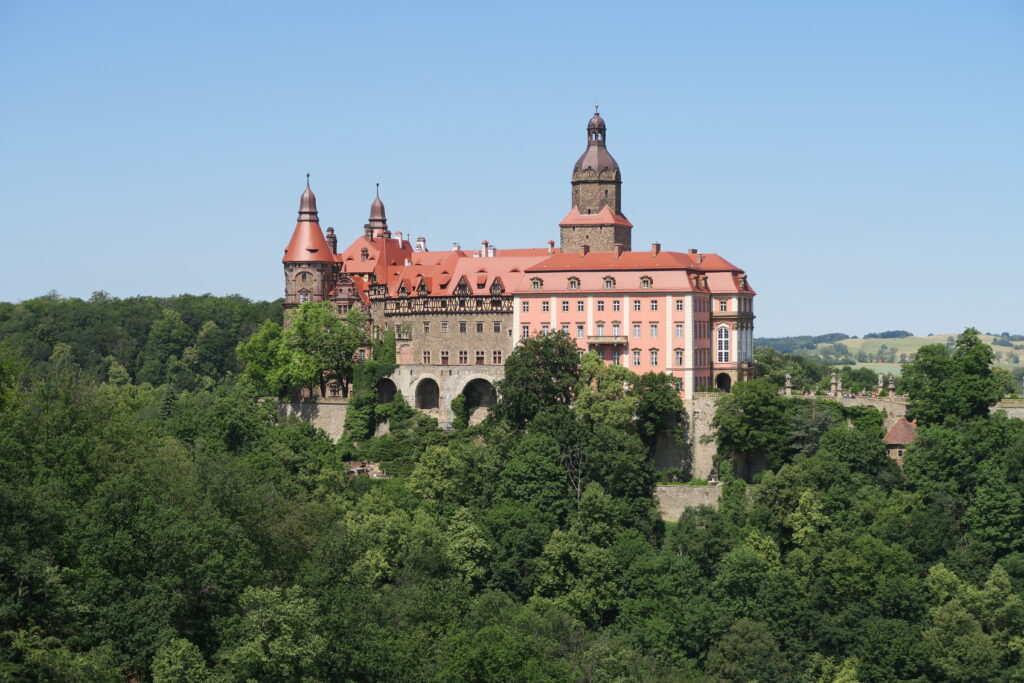
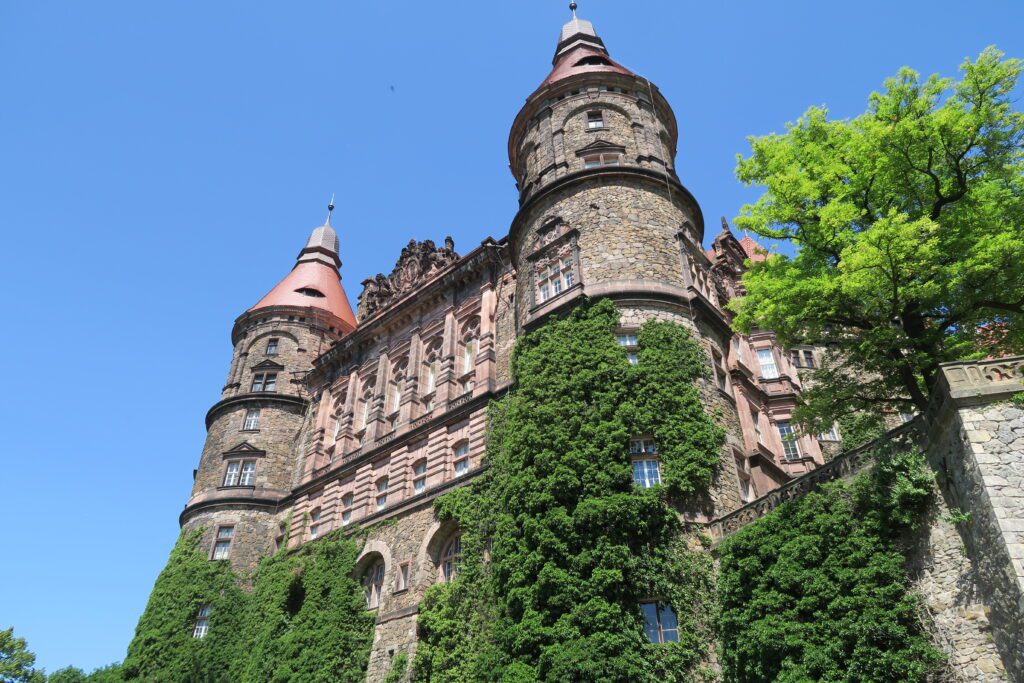
Now we will continue our trip to the mysterious underground city Osowka.
This enigmatic complex is a remnant of the ambitious and secretive Nazi construction project during World War II, codenamed ‘Riese’ (Giant).
The Riese Project began in mid-1943, under the shadow of war and with a veil of secrecy. It comprised a series of underground structures spread across the Owl Mountains, with Osówka being one of the most extensive and intriguing sites. The exact purpose of these constructions remains a topic of speculation. Some theories suggest they were intended as quarters for the Supreme Command of the Third Reich.
The Underground City Osówka presents about 1700 meters of narrow corridors intersected by halls and side passages, offering a glimpse into the stages of the underground’s development. From raw, drilled corridors to double-layered passages designed for vehicular movement, the complex showcases the sheer scale of the Nazi engineering efforts.
The Underground City Osówka is not just a historical site; it’s a journey into the unknown, a chance to unravel the mysteries of the past, and a sobering reminder of the lengths to which humanity can go in times of war. It’s a must-visit for history buffs and adventure enthusiasts alike.
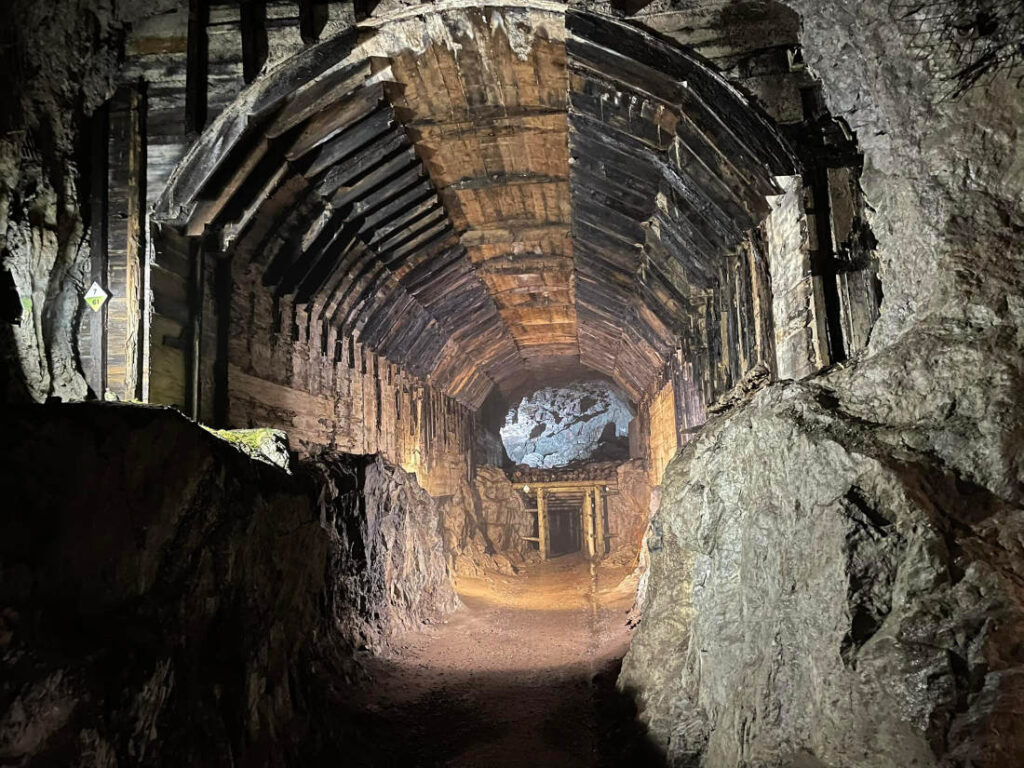
Contact us to get more informations about our exclusive day tours and booking process.
Welcome to Wroclaw and Lower Silesia !

